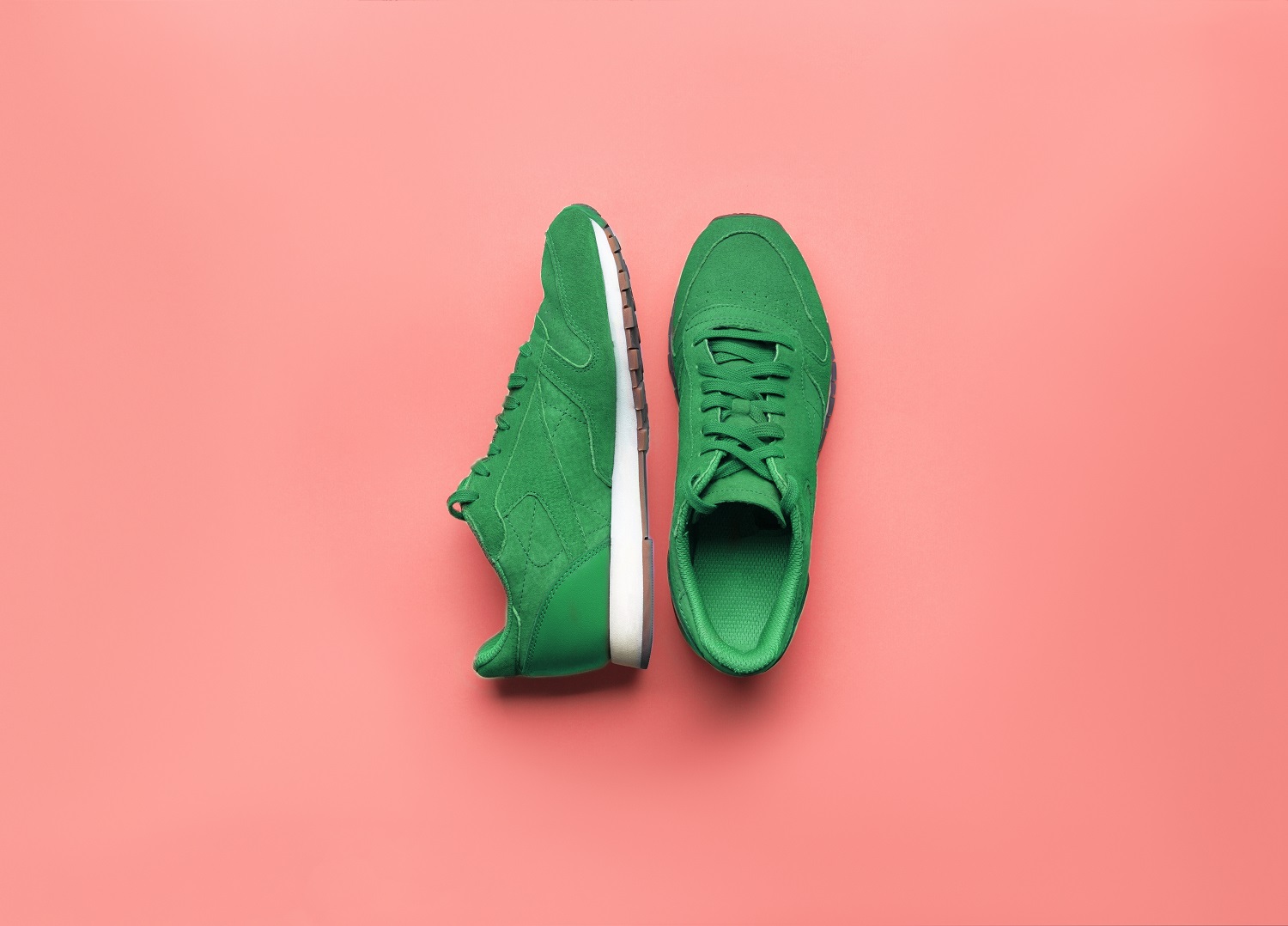
Green is Good: IP considerations for sustainable fashion brands
Introduction
The climate crisis is changing consumers’ purchasing decisions, which in turn is affecting every aspect of the fashion industry supply chain. The UK is currently the largest purchaser of clothes per capita in Europe, with around 300,000 tons of used clothes being buried in landfill or burned each year. Understandably, many eco-conscious consumers are looking for circular solutions to reduce their wardrobes’ burden on the planet. This is especially prevalent among younger consumers who prefer to buy from sustainable brands and are willing to pay more for the privilege. Fashion brands are responding to this demand by making sustainability a core part of their business models and IP considerations.
‘Green fashion’ market trends
There has been a rise in numerous ‘green fashion’ market trends in recent years, including:
- consumers purchasing better quality clothes, less often;
- increased popularity of third-party intermediary sites, such as TheRealReal and Depop, that focus on the sale of secondhand fashion (with the latter being purchased by Etsy for $1.6 billion in 2021);
- fashion brands improving the transparency of their supply chains and implementing more sustainable manufacturing practices, including adopting more eco-friendly packaging, using fabrics from recycled ocean plastics or unused materials, and moving away from cheaper unnatural materials such as virgin polyester, and towards biodegradable materials such as organic cotton;
- the rise of in-house clothing collection programmes whereby brands such as H&M, ASKET, and Patagonia, take in consumers’ clothing for repair and/or resale; and,
- the increased importance of transparency and accountability measures such as the Fashion Transparency Index, an index that ranks 250 of the world’s largest fashion brands and retailers, and Good On You, an ethical rating system for fashion brands.
IP considerations
The resale market has ballooned in size since 2020 with an estimated value of between $100 – $120 billion. Preowned clothing now makes up 25% of the average secondhand consumer’s wardrobe. This, in combination with the above market trends, gives brands a great deal to consider in terms of their market response and IP protection strategies.
Resale – IP protection through product authentication and well drafted licence agreements
To participate in the derivative resale revenue, both high street and luxury fashion brands are entering the secondary sale market. Unsurprisingly, luxury and high street brands have taken different approaches to the delivery of their resale services. As mentioned above, high street brands have provided consumers with the ability to directly sell back, trade-in or purchase pre-loved items. This generally involves consumers depositing used items at a retail store or having the ability to browse designated ‘used’ sections. Luxury brands such as Gucci, Burberry, and Stella McCartney have opted to partner with TheRealReal to advance their resale offering. This allows these luxury brands to authenticate the products that are resold, thereby safeguarding against brand dilution, while financially benefitting from the boom in the resale economy.
It also offers an effective IP protection strategy by crowding out counterfeit products, as consumers are more likely to prefer authenticated secondhand items rather than risk purchasing fake goods from unofficial third-party sellers. Quality control and product authentication measures would need to be negotiated as part of a licence agreement between the brand and the relevant third party recommerce site. Brands must ensure that adequate limitations on the use of their IP are placed on third-party recommerce sites, to prevent potential brand dilution and/or reputational damage. In addition, brands may want to negotiate audit rights as part of any such licence agreement so that they are able to check that recommerce sites are conforming with their quality control and product authentication obligations.
Takedown notices – Upcycled products and IP infringement
This is a well-established pre-action method that brands use against online resellers that infringe their IP. There have been a number of cases brought by luxury brands in the US relating to upcycled products, a practice that involves essential features of a product being changed e.g. affixing a logo from one used product onto a different used item produced by the same or a different fashion brand. Brands are concerned about the likelihood of consumer confusion in instances when previously purchased products are repaired and/or repurposed by third parties and then resold without brand authentication. This is because consumers are likely to confuse these altered products with authentic luxury brand products.
Innovation – New IP rights and their protection
As consumers are increasingly looking for more durable clothing and accessory options, brands have responded by developing new products and/or processes to give them a competitive advantage. For example, Stella McCartney partnered with NFW to develop MIRIUM®, a “plastic-, fossil fuel-, and water-free alternative to animal leather”. It is paramount that brands developing new sustainable materials properly register their IP and that appropriate assignments and/or licences (as the case may be) are agreed where new IP is jointly created.
With the sustainable shift in fashion industry economics, brands must continue to proactively protect their IP and reputation through both non-contentious and contentious means.








